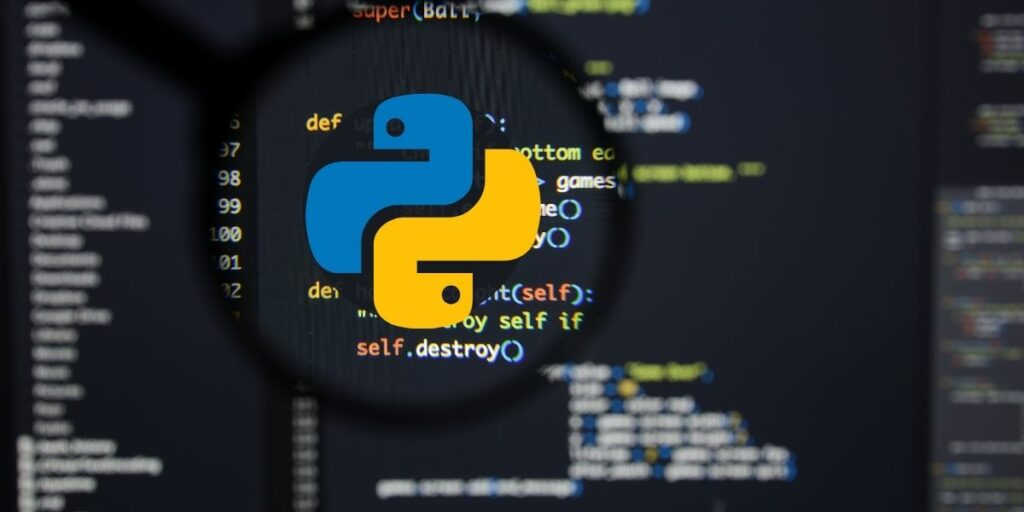
Applied Data Science Coding in Python: How to rescale Data
Rescaling data is a technique used to transform the values of a dataset to be in a specific range. This is often done to make sure that data is on the same scale before applying machine learning algorithms. There are different ways to rescale data, such as normalization, standardization, and min-max scaling.
In Python, the scikit-learn library provides several classes to perform rescaling on a dataset. The MinMaxScaler class can be used for min-max scaling, where the data is transformed to be within a range of 0 to 1. The StandardScaler class can be used for standardization, where the data is transformed to have a mean of 0 and a standard deviation of 1. The Normalizer class can be used for normalization, where the data is transformed to have a length of 1.
The process of rescaling data using scikit-learn usually follows these steps:
- Import the class that you want to use for rescaling.
- Create an instance of the class and specify the rescaling parameters.
- Fit the rescaler to your data using the fit() method.
- Apply the rescaling to your data using the transform() method.
In summary, rescaling data is a technique used to transform the values of a dataset to be in a specific range. The scikit-learn library in Python provides several classes such as MinMaxScaler, StandardScaler, and Normalizer to perform rescaling on a dataset. These classes can be used to perform min-max scaling, standardization, and normalization respectively. The process of rescaling data using scikit-learn includes fitting the rescaler to data and applying the rescaling to the data.
In this Applied Machine Learning & Data Science Recipe, the reader will learn: How to rescale Data.
Essential Gigs
For only $50, Nilimesh will develop time series forecasting model for you using python or r. | Note: please contact me…www.fiverr.com
For only $50, Nilimesh will do your data analytics and econometrics projects in python. | Note: please contact me…www.fiverr.com
For only $50, Nilimesh will do your machine learning and data science projects in python. | Note: please contact me…www.fiverr.com
For only $50, Nilimesh will do your gis and spatial programming projects in python. | Note: please contact me before…www.fiverr.com